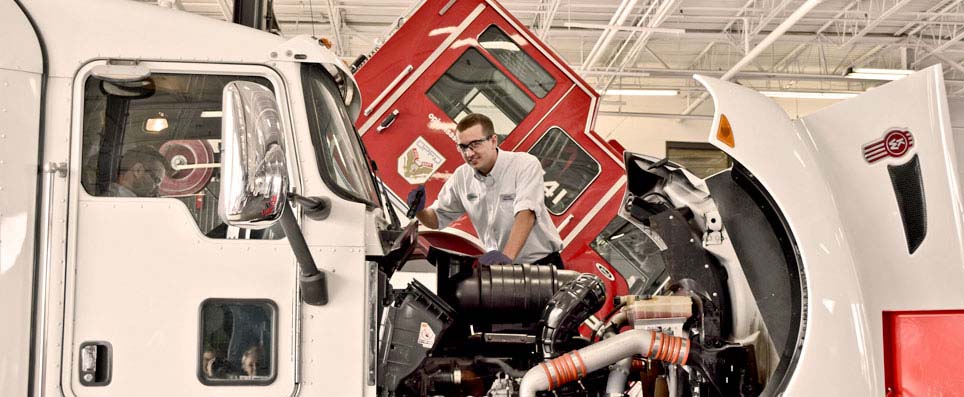Fleet Managers surveyed recently identified maintenance costs as a “Top 10 Challenge,” recognizing maintenance and compliance as a priority to address for the year. Despite the survey results, the HDT Fact Book 2016 points to a surprising trend – smaller fleet transport companies may be deferring non-critical maintenance to save money and make ends meet.

Repair and Maintenance Cost per Mile by Fleet Size
“Fleets operating 101-250 units reported having the highest cost per mile at 16.3 cents while fleets operating 5-25 and greater than 1,000 units reported the lowest of 13.9 cents. While the recovering economy continues to increase demand for freight transportation, smaller carriers have reported that due to rising costs they are unable to meet demand. As such, smaller carriers may be forgoing non-critical repair and maintenance costs tasks as a cost-saving strategy in order to stay competitive.” (Source: HDT Fact Book 2016, pg. 82)
CAUSE AND EFFECT – WHAT CAN FLEETS DO ABOUT DELAYING MAINTENANCE?
Delay a small oil leak and risk blowing a motor down the line. Delay a tire replacement and risk having road failure or worse, an accident. Every scenario of deferred maintenance has its own potential outcome, usually with costs that are exponentially greater than the initial service or repair. Some studies have shown that the costs of deferred maintenance rise sharply in a short period of time, sometimes reaching as high as 50x the original cost.
Maintenance should be viewed as a necessary expense, not as something to be put off to another day or a month when your budget isn’t so thin. At Amerit we firmly believe – and our data proves – that a full Preventive Maintenance (PM) program is fundamental and critical to your fleet’s performance. Much more than a simple oil change, a good PM program thoroughly checks and treats your vehicle from front to back, top to bottom. A thorough PM is both preventive and predictive- your PM should prevent breakdowns, undue wear and tear, and costly DOT fines and poor CSA scores, as well as predict potential problems, and parts or equipment failures before they happen.
When viewed in this light, it is not hard to see how embracing the cost of a good, routine PM program actually saves you a lot of money in the long run.Want to read more about this topic?
Check out Part 2 – Delayed Maintenance: What Can be Safely Put Off and What Can’t?
FROM AFS BLOG


